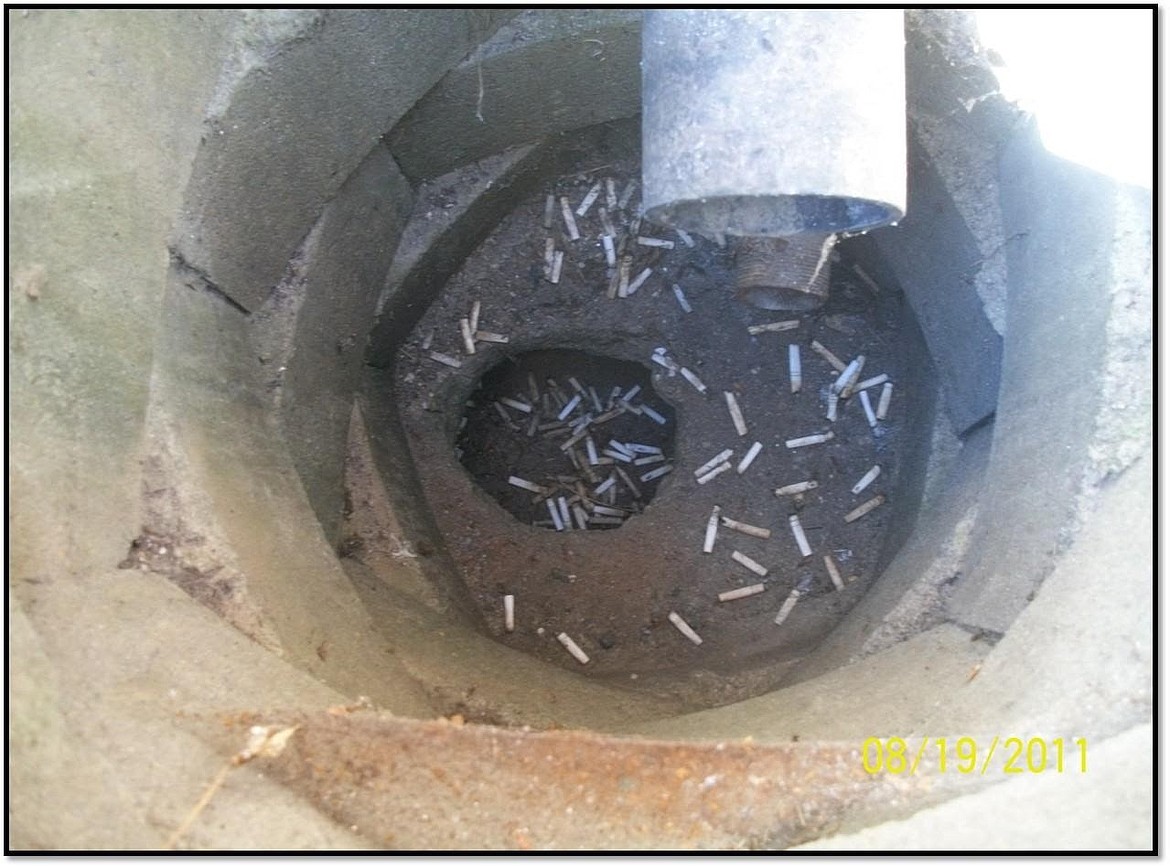Water — and what it carries — flows into the lake
Pollution prevention is important for North Idaho rivers, lakes
When it rains or snow melts, where does that water go? In a natural landscape, water is quickly absorbed into the soil, but in urban and developed areas with impervious 1surfaces, water cannot soak into the ground and instead flows above ground as stormwater runoff. The water that runs through your yard, down your driveway or along your sidewalks flows directly into our rivers and lakes completely untreated along with all of the pet waste, fertilizers, litter, and other pollutants it picks up on the way. However, there are some simple ways you can minimize stormwater in our communities and help keep our water clean.
Traditionally, the objective of stormwater management has been to divert runoff as quickly as possible to prevent flooding. As a result, most cities have a series of storm drains and catch basins to transport runoff from streets and parking lots. Curbside stormwater grates may drain into a drywell (a porous-walled chamber that allows water to slowly soak into the ground) or divert stormwater directly to streams, rivers, ponds and lakes. Polluted stormwater negatively affects fish, wildlife, and recreation, and human health. Modern practices encourage reducing the amount of stormwater reaching our lakes and rivers by allowing water to slow down and filter into the ground. Infiltration basins called swales achieve this by trapping water in shallow channels with gently sloping sides. Swales are often grassy but can also be filled with wetland plants or rocks. Swales are designed to purge water slowly into the ground, so it is not uncommon to see standing water after a big rainstorm.
Where you live determines what happens to your stormwater. In the cities of Hayden, Post Falls, and about half of Coeur d’Alene, stormwater is ultimately diverted to swales or drywells for infiltration. In the southern half of Coeur d’Alene, stormwater primarily flows through catch basins and an underground pipe network into Coeur d’Alene Lake or the Spokane River, untreated. One of these pipes discharges into Coeur d’Alene Lake at Sanders Beach on the east side of Tubbs Hill. The City of Coeur d’Alene is working to increase the number of swales and other porous surfaces to limit the amount of stormwater runoff entering the lake and river, but it takes time and resources to change the infrastructure. In the meantime, we can help protect our lake and river by keeping the stormwater that flows them as clean as possible.
Even if you don’t live on or near the waterfront, it’s possible that runoff from your property enters storm drains that dump directly to the lake. Homeowners and business owners are responsible for stormwater retention or discharge from their property. You can help by reducing the amount of impervious surface on your property and directing runoff into an area where water can soak into the soil. You can inventory stormwater issues for your property using the template available in the Coeur d’Alene LakeASyst manual (www.uidaho.edu/OurGem). Remember that you may not see the impacts created by stormwater coming off your property: water may quickly run off your driveway, along the curb, into a clogged culvert, and flood a road two miles down. We all share the responsibility of minimizing stormwater and preventing water pollution. Your property alone is probably not a significant source of pollution, but the cumulative effect of tens of thousands of properties can have a substantial impact on water quality. If you reduce stormwater coming off your property, the entire drainage system will be healthier with less water to manage. Stormwater is unavoidable, but its impacts can be reduced by keeping harmful chemicals and pollutants out of runoff. Pollution prevention is the easiest way to keep the Coeur d’Alene Basin safe, clean, and inviting.

